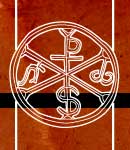


 |
 |
||
 |
|||
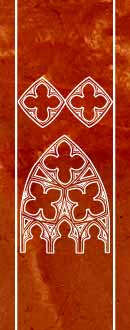 |
(40)/BE-C/BELI-Coimb1-40.jpg) |
-55/BOOK-cort-40.jpg) |
 |
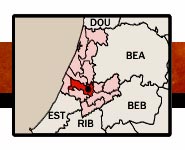 |
||
 |
|||
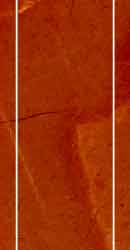 |
UBICACIÓNCoimbra es la tercera ciudad de Portugal, se ubica en el centro del país. La Se Velha se encuentre en la calle de idéntico nombre (Largo da Sé Velha), y la catedral nueva en Largo da Sé Nova. La iglesia de San Juan se ubica en el Largo Dr. José Rodrigues; la iglesia de São Tiago esta ubicada en la Plaça do Comercio. La universidad vieja de Coimbra se ubica en la parte alta del casco histórico. El convento de Santa Clara-a-Velha se ubica en la margen izquierda del Mondego. ACCESO PARA MINUSVÁLIDOS (Coimbra II) |
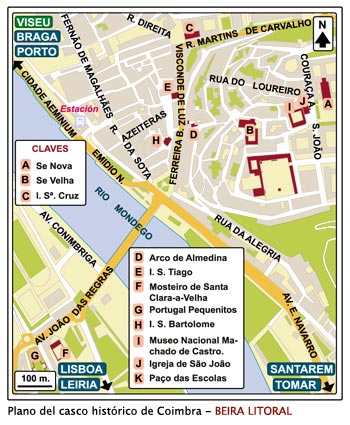 |
LOCATIONCoimbra is the 3 rd city of Portugal, is located in the center of the country. La Se velha is located on the street of the same name (Largo da Sé Velha), and the new cathedral in Largo da Sé Nova. The church of São João is located in Largo Dr. José Rodrigues; the church of São Tiago is located in Plaça do Comercio. The old university of Coimbra is located in the upper part of the historical center. The convent of Santa Clara-a-Velha is located on the left bank of Mondego river. ACCESS FOR THE HANDICAPPED (Coimbra II) |
||||
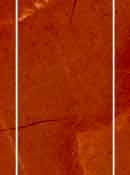 |